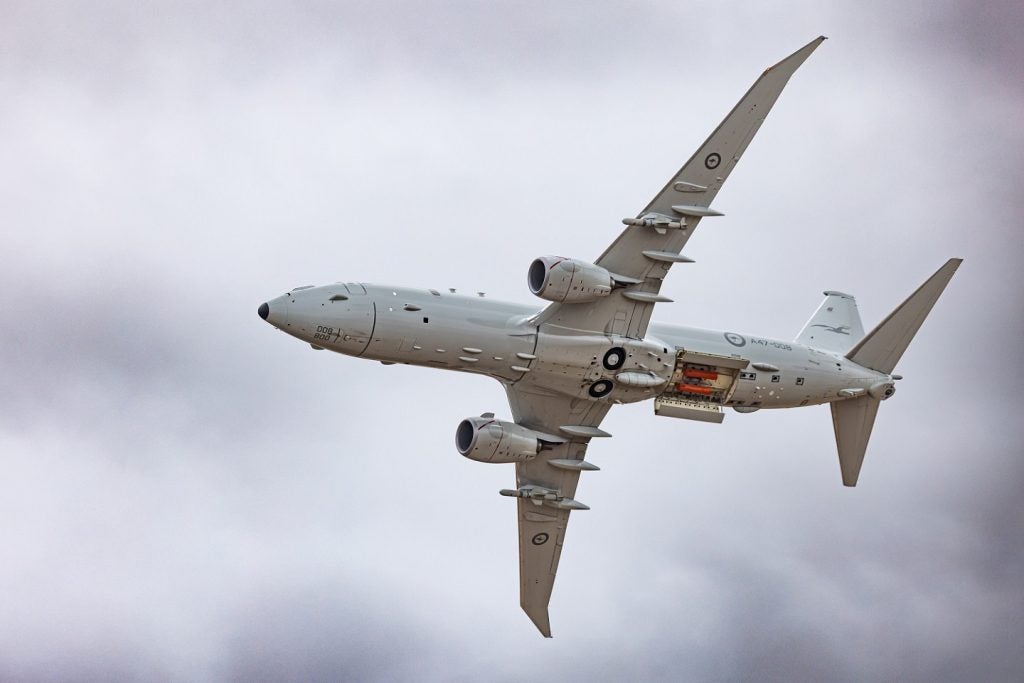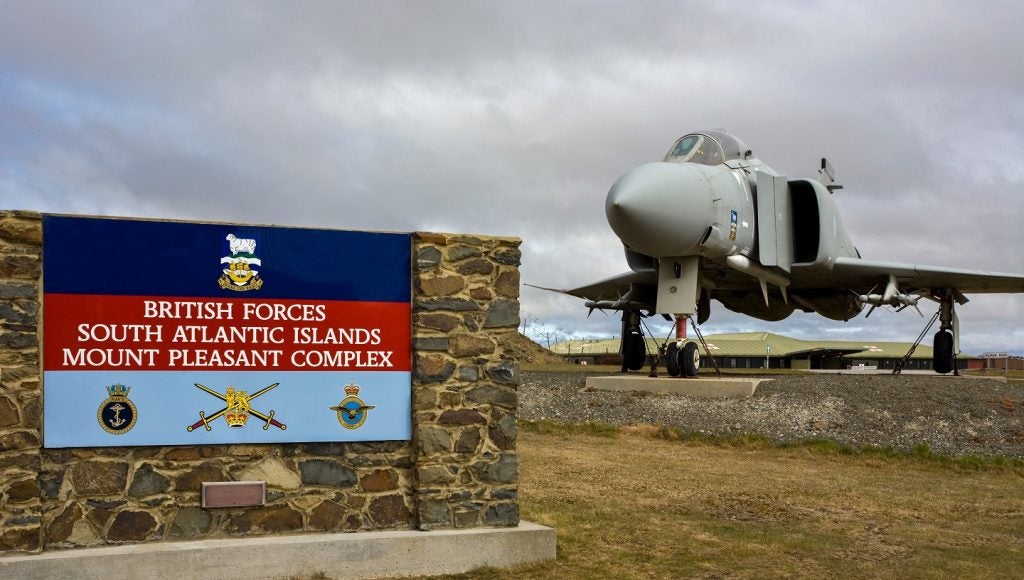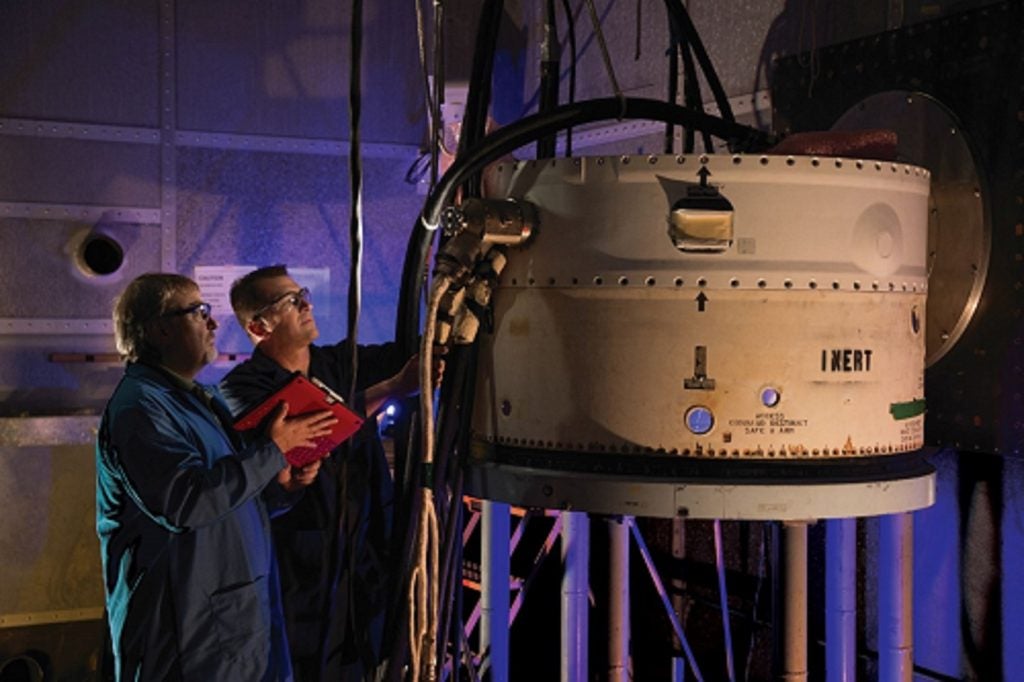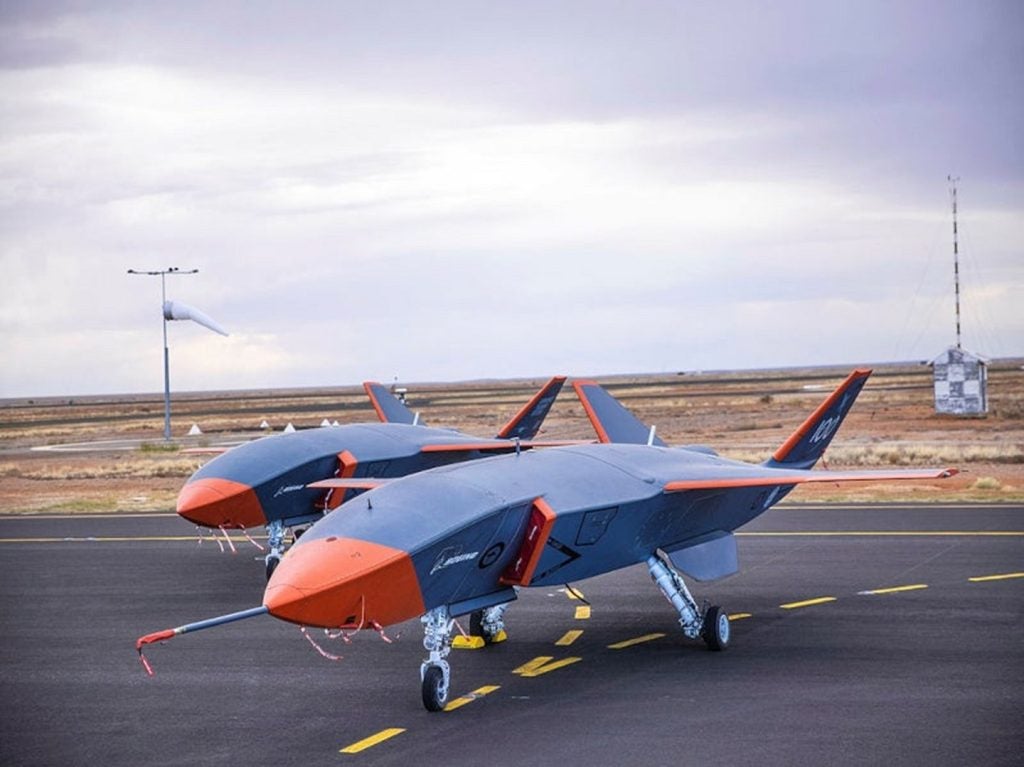Boeing has successfully conducted the third integrated live, virtual and constructive (LVC) proof-of-concept demonstration on the F-15E, an American all-weather ground attack strike fighter.
In the third LVC training concept demonstrations at Edwards Air Force Base, California, an encrypted internet protocol (IP)-based data link was used to transmit simulation data to and from the aircraft, instead of the link 16 data link used in the previous demonstrations.
The number of live assets needed to run a multiship training operation through the integration of the three LVC training domains can be significantly decreased by the use of the technology behind the LVC demonstrations.
Boeing research and technology LVC project lead Rob Lechner said with this capability, their customers will be able to increase the effectiveness of aviation training while overcoming range limitations, resulting in cost savings and environmental benefits.
As an independent research and development (IRAD) project, Boeing began the LVC programme in 2007, to advance and demonstrate this type of training in the distributed mission operations training environment.
See Also:
Over the next three years, Boeing is planning one demonstration a year, under a US Air Force contract to continue LVC development.
How well do you really know your competitors?
Access the most comprehensive Company Profiles on the market, powered by GlobalData. Save hours of research. Gain competitive edge.

Thank you!
Your download email will arrive shortly
Not ready to buy yet? Download a free sample
We are confident about the unique quality of our Company Profiles. However, we want you to make the most beneficial decision for your business, so we offer a free sample that you can download by submitting the below form
By GlobalDataAir and ground attacks within a robust scenario are the main part of the recently completed demonstration.







